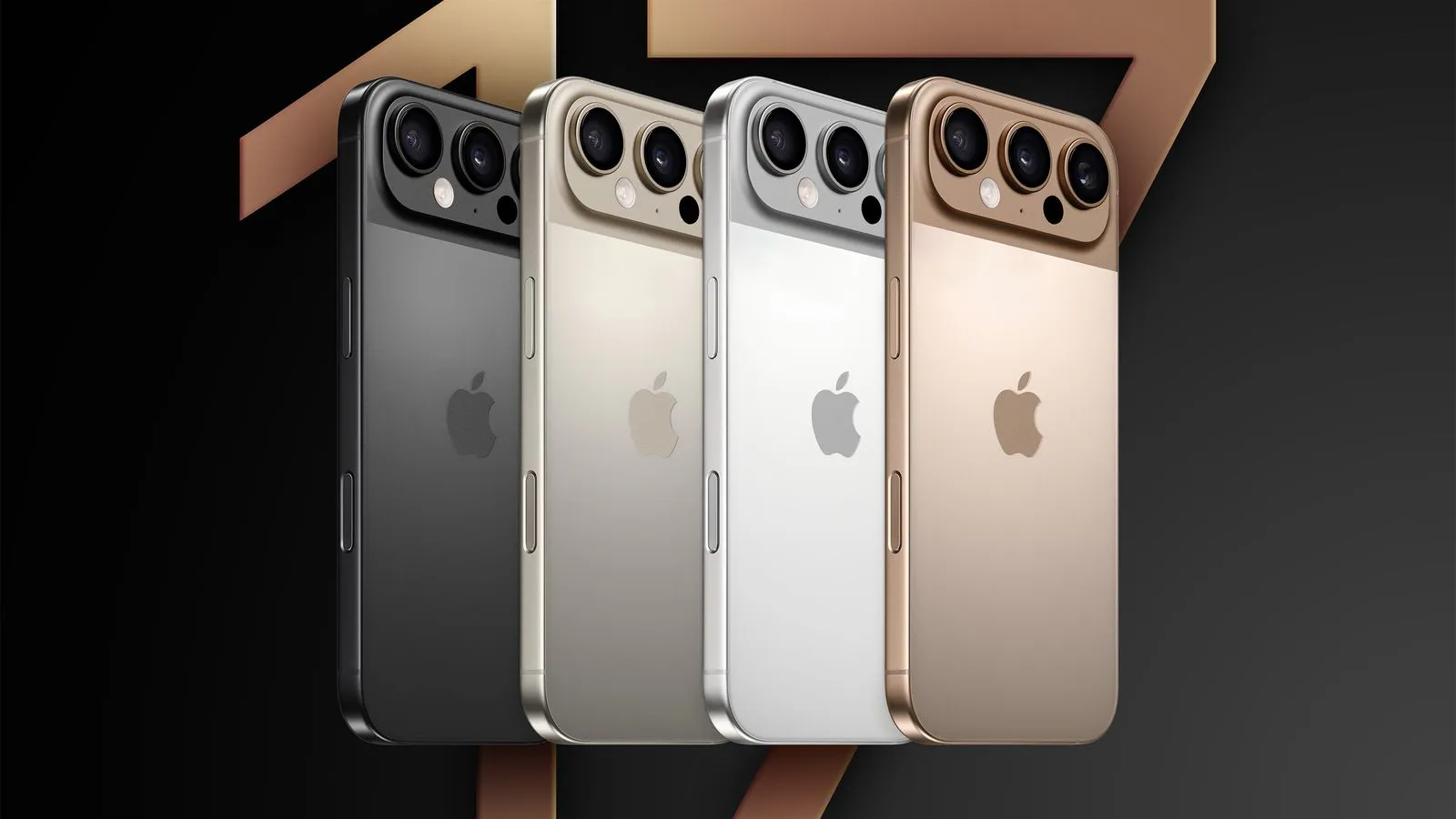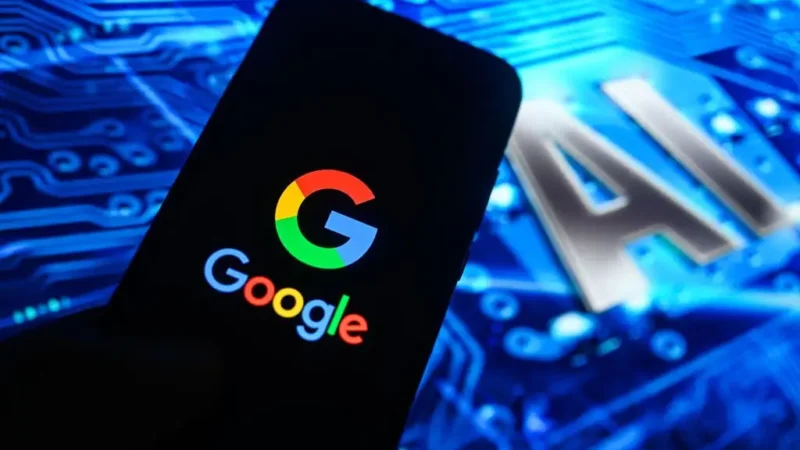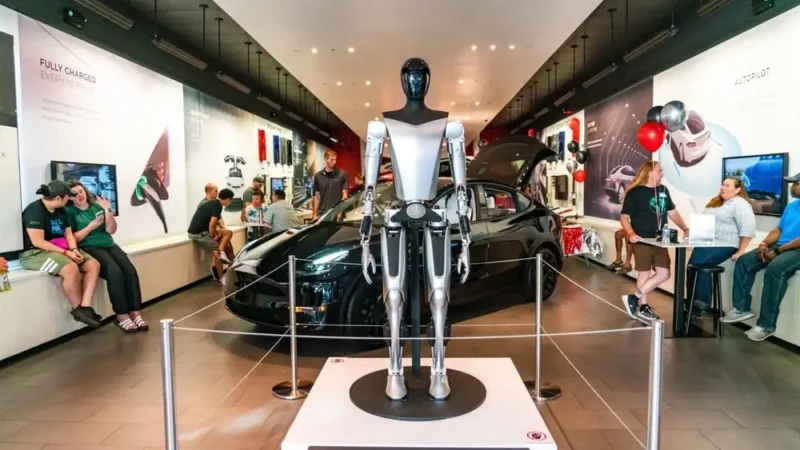Apple iPhone 17 Rumors: What to Expect from the SIM-Free Future

Every year, the iPhone launch becomes one of the most talked-about events in the tech world. But in 2025, the buzz around the iPhone 17 series feels a little different. It’s not just about new cameras, upgraded chips, or flashy designs—this time, the spotlight is on Apple’s possible decision to take another big leap toward a SIM-free future.
The idea of using an iPhone without a physical SIM card may sound strange to many users, but it’s part of a broader transition Apple has been preparing for years. With the arrival of the iPhone 14, Apple already removed the SIM tray from U.S. models. Now, the iPhone 17 might expand that change to many more countries. But what does that mean for you as a user? Let’s break it down in simple terms.
What Does SIM-Free Actually Mean?
Traditionally, we’ve used small plastic SIM cards to connect our phones to mobile networks. You insert the SIM into a tray inside the phone, and suddenly you can call, text, and use the internet.
In recent years, though, a new technology called eSIM (embedded SIM) has started to replace physical SIM cards. Instead of a removable card, an eSIM is a tiny chip already built into the phone. You can activate it digitally by scanning a QR code or using your carrier’s app. No swapping cards, no worrying about losing them, and no fiddling with tiny trays.
Apple is rumored to be taking this further with the iPhone 17, especially with the all-new iPhone 17 Air, which is expected to be the thinnest iPhone ever. To make this ultra-slim design possible, Apple may remove the SIM tray entirely, leaving eSIM as the only option in many countries.
Why Is Apple Moving Toward eSIM-Only iPhones?
There are a few key reasons behind this shift, and they all tie back to Apple’s design philosophy.
First, removing the SIM tray saves space inside the phone. That space can be used for a larger battery or other advanced hardware. In fact, leaks suggest that eSIM-only versions of the iPhone 17 Pro and Pro Max could offer a couple of extra hours of battery life compared to older models.
Second, no SIM tray means fewer physical openings on the phone. This allows Apple to make devices that are more resistant to water and dust, which is a big deal for durability.
Third, eSIM technology makes switching carriers easier. Instead of buying and inserting a new SIM card, you can simply download a profile, making it much more convenient when traveling internationally or managing multiple numbers.
And of course, Apple has always been a fan of sleek, minimalist designs. Just like the headphone jack disappeared years ago, the SIM tray may be the next thing to go.
4. What to Watch: Timeline, Specific Markets & Practical Advice
- Launch information: Apple’s event (rumored Sept 9, 2025) will likely clarify which markets get eSIM-only models vs hybrid ones.
- Markets to observe: U.S., Europe, Australia, Singapore, South Korea are often first in adopting new Apple-led changes. Regions like China might lag or have separate variants.
- Battery performance claims: Because eSIM variants may have larger batteries, look out for real-world tests comparing battery life between physical SIM vs eSIM versions.
- Carrier readiness: Whether local carriers support eSIM activations, roaming options, transfer of numbers, etc., will affect how smooth the transition feels to users.
What Should You Expect as a User?
If you’re planning to buy an iPhone 17, the most important thing to check is whether your carrier supports eSIM in your country. This ensures you won’t face problems activating your phone.
If you’re a frequent traveler, make sure to check how international roaming and dual-line options work with eSIM. Many carriers already allow multiple eSIM profiles, which means you can switch between a local and international number with just a few taps.
Finally, keep an eye on Apple’s official announcement. While rumors strongly suggest a broader SIM-free rollout, Apple may still keep physical SIM slots in some regions.
Why This Move Matters for the Future
Apple’s rumored decision to go SIM-free with the iPhone 17 isn’t just a design tweak. It represents a bigger trend in the smartphone industry: the gradual elimination of physical components in favor of digital solutions.
We’ve already seen this with the removal of the headphone jack, the transition to MagSafe chargers, and now with SIM cards. For Apple, it means simpler designs and more control over the ecosystem. For users, it could mean more convenience—but also more reliance on digital infrastructure.
If history is any guide, other manufacturers will follow Apple’s lead, and in a few years, SIM cards may become a thing of the past altogether.
FAQ
Not necessarily. While the iPhone 17 Air and Pro models are rumored to be eSIM-only in many countries, some regions—like China—may still get models with physical SIM trays due to regulatory requirements.
Yes. Removing the SIM tray frees up internal space, which Apple is expected to use for larger batteries. Early leaks suggest that eSIM-only models of the iPhone 17 Pro Max could offer several hours of extra battery life compared to previous models.
You should confirm that your mobile carrier supports eSIM in your country. If you travel frequently, make sure international roaming and multiple profiles are supported, so you don’t face connectivity issues.
Conclusion
The iPhone 17 rumors point toward one of the boldest moves Apple has made in recent years: a stronger push toward a SIM-free future. While this transition will not happen overnight in every market, it’s clear that Apple is determined to leave behind physical SIM trays, starting with the thinnest iPhone yet—the iPhone 17 Air.
For some users, this change will mean greater convenience, better battery life, and sleeker designs. For others, it may bring short-term challenges until local carriers catch up. Either way, the direction is clear: the future of smartphones is digital, seamless, and SIM-free.
For more updates, deep dives, and insights into Apple’s latest devices, visit TechySpeed.com and stay ahead in the world of technology.




